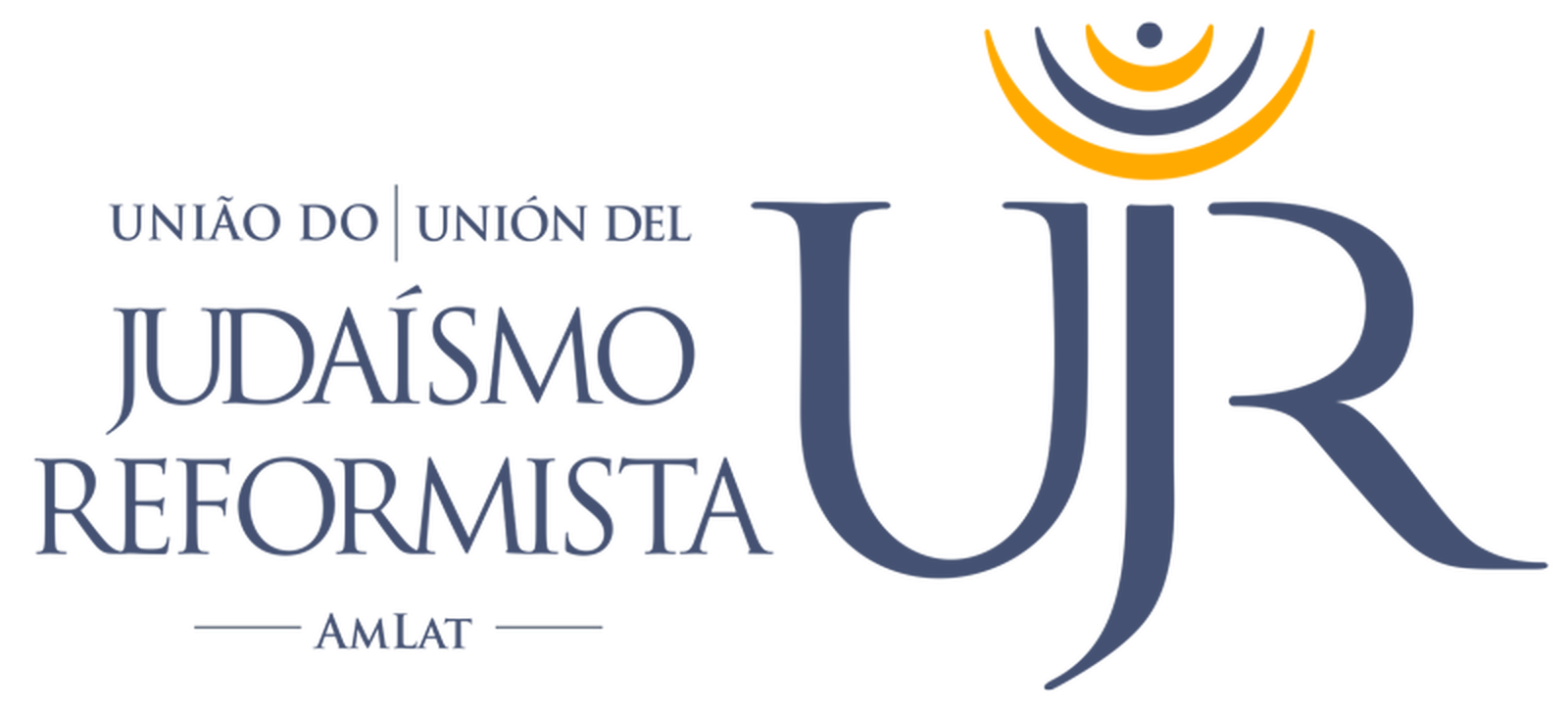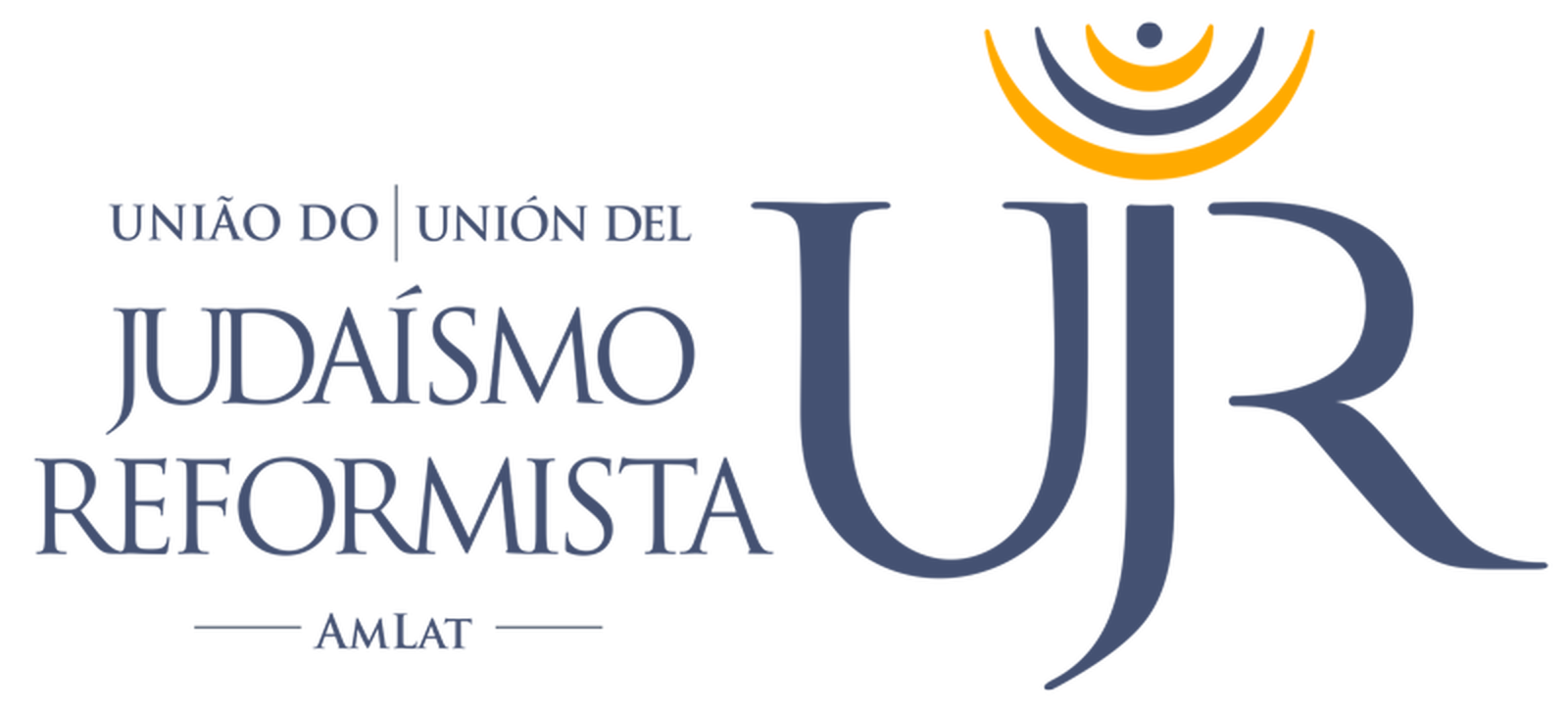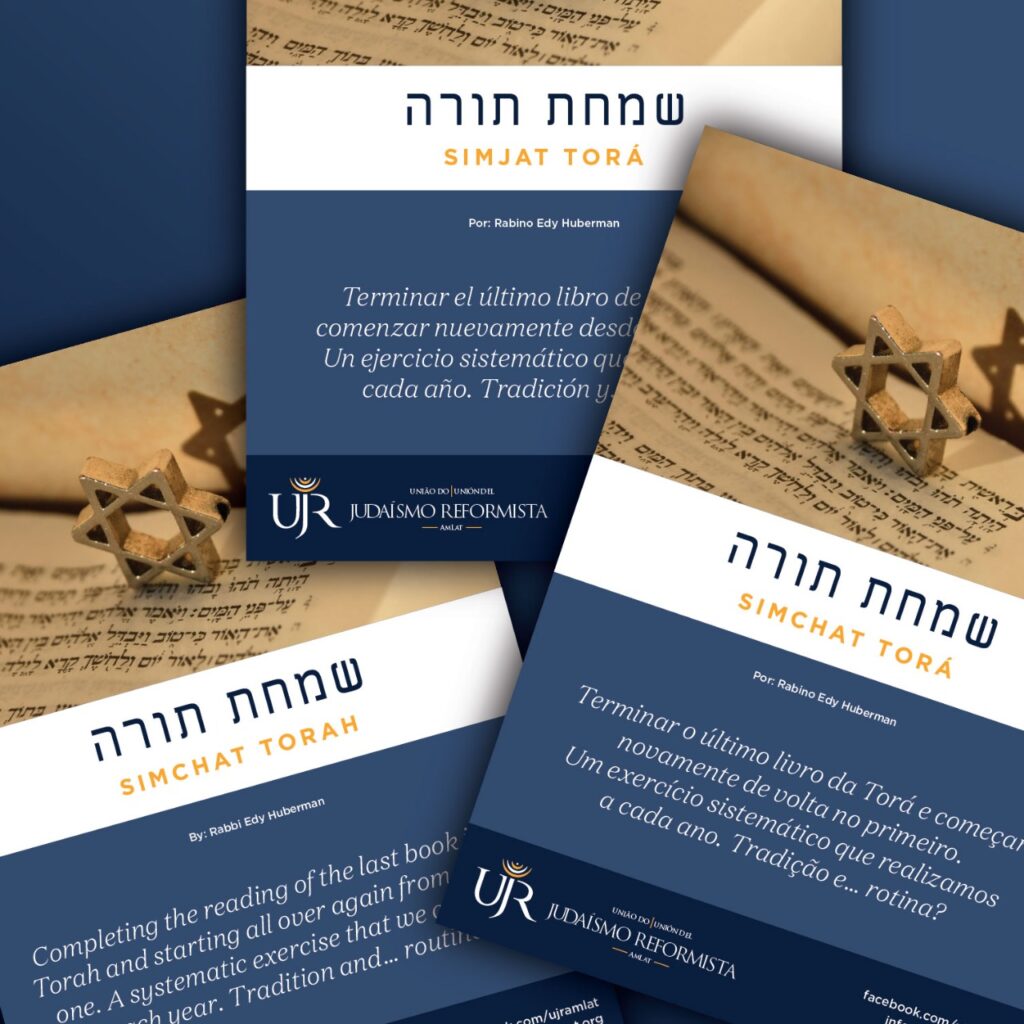Simchat Torah | שמחת תורה
22/23 Tishrei 5783
16-18 October 2022
Completing the reading of the last book in the Torah and starting all over again from the first one. A systematic exercise that we carry out each year. Tradition and… routine?
Let us allow ourselves some room for doubt, because if there is something that we should not associate with Simchat Torah is routine. Nothing could be less ordinary than starting over the same book, year after year, hoping that it will surprise us once more.
Not one, not two, not ten, but thousands of times.
Finishing with V’zot HaBerachah (And this is the blessing) to subsequently start over with Bereshit (In the beginning): two names, two titles, which present us, a priori, with an image of a never-ending race in circles.
Literature and film are filled with stories in which a person is forced, almost cursed, to repeat the same day eternally. The main characters in these stories nearly lose their minds before they learn that the only way to turn this routine into growth is to learn a little bit every day about the reality that they are forced to repeat and their role in it. Are they mere spectators or do they have an active role that allows them to make this repetition a changing reality?
To us, the answer is clear. As members of the Jewish people, we have had it figured out for centuries. It is in this exercise, which is both individual and collective, of reading and re-reading these texts to make them our own, that the Torah occupies a real space in our current lives. It is not a scenic description of a distant path, but rather the ethical basis of our reality.
We are the product of a unique, ever-changing tradition. The biggest proof is that we keep finding new interpretations for the same books, for the same words, and for the same reading order, time and time again.
We live and we take on as our own ancient interpretations which have been discussed in different times and which allow us to read the text with different eyes and which afford us, with each new comment, a little more light. With these lights from the past as our starting point, in each repetition we allow ourselves to develop our own form of reading and interpreting the Torah.
The very existence of Simchat Torah is proof of that. It is not a holiday described in the Torah. It had its own development and ended up becoming one of the most joyous celebrations in our community. It is also one of the closest moments between the people and the Torah. This contact has become hugely important in developing and building our communities. It is the physical expression of a theoretical concept: that the Torah is not beyond the sea, nor is it in the heavens. We do not need “someone” to bring it closer or to explain it to us.
“כִּי קָרוֹב אֵלֶיךָ הַדָּבָר מְאֹד, בְּפִיךָ וּבִלְבָבְךָ לַעֲשֹׂתוֹ”
“Because the thing is very close to you, in your mouth and in your heart, to observe it.”
(Devarim 30:14)
Simchat Torah calls upon us to be actively involved in generating this proximity, to take the words and finding their correlation with our lives in our days and in our place.
The scaffolding made up of the teachings of generations of scholars and sages who have discussed and fought over the right answer to the questions posed by each new reading is not a final, unchangeable answer. It represents the base from which we can deepen, propel, and venture into our own questions and answers. On the one hand, so that these questions can challenge us, and, on the other hand, so that they can give rise to new interpretations in the next generations of this chain of generations to which we are proud to belong.
So, once we understand that the names of the last parshah in the book of Devarim and the first parshah in the book of Bereshit are not merely titles that mark a never-ending cycle, but rather that we can understand them as a blessing in their own right, we will be able to say that “This is the blessing (V’zot HaBerachah): resetting our learning path Bereshit (in the beginning).”
Chag Sameach!
Rabbi Edy Huberman
Executive Director of Instituto Iberoamericano de Formación Rabínica Reformista
Rabbi of Community Kibbutz Galuiot
—





